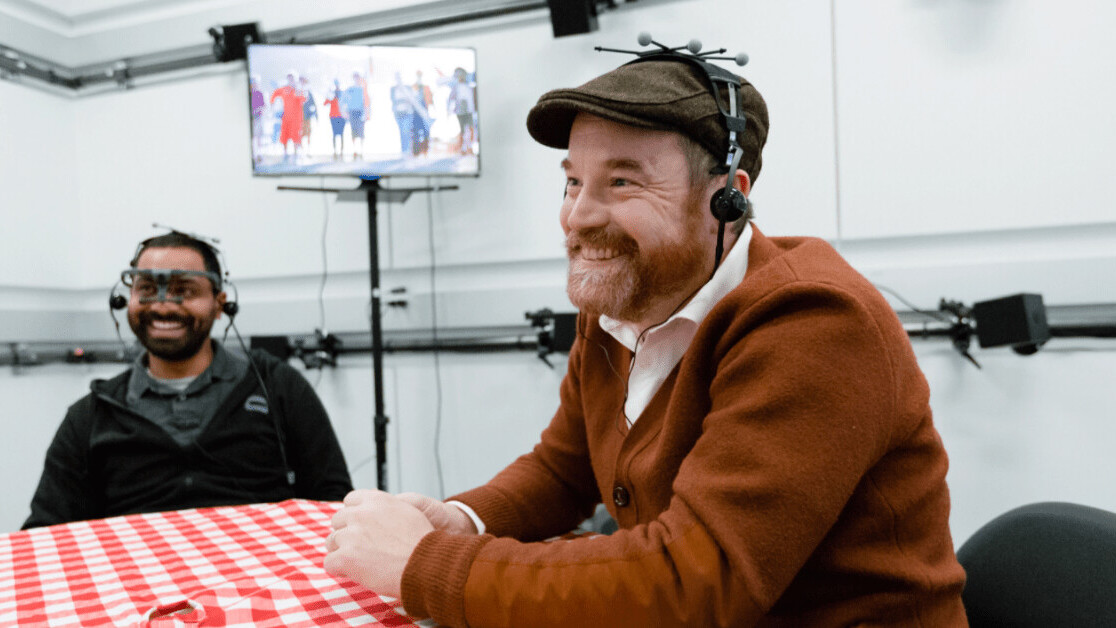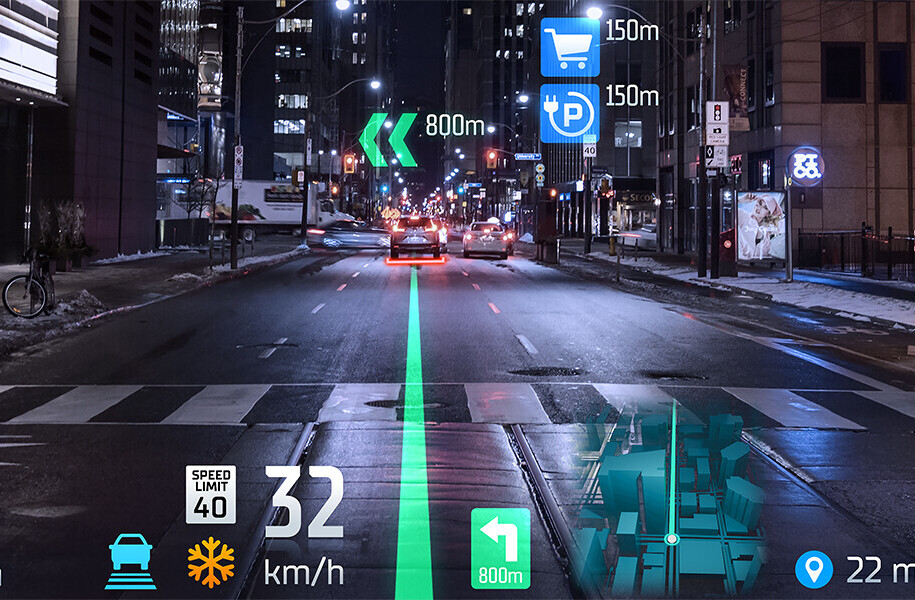
Facebook has revealed a set of AR glasses that give users “perceptual superpowers” by amplifying what they want to hear and dimming background noise.
One prototype device is equipped with headphones and microphones that capture surrounding sounds. It then tracks the movements of the user’s head and eye movement to work out what they’re trying to hear. This headset then enhances the sounds the user’s focused on, and turns the volume down on everything else.
The specs don’t look particularly comfy or attractive — two of the reasons AR glasses have never taken off. But Facebook thinks they’d serve two useful purposes in noisy places such as restaurants.
“Loud restaurants aren’t just annoying — they can also pose a potential health risk for employees,” said Lisa Brown Jaloza, a technology communication manager at Facebook. “In fact, prolonged exposure to noise levels above 85 decibels — which many restaurants and bars surpass these days — can contribute to hearing loss, if exposed for long periods. By dimming the noise, we may be able to help protect people’s hearing over time.”
Perhaps, although I doubt many restaurants will want to splash out on the headsets and I can’t imagine their staff will be desperate to wear them.
[Read: ]
Another device creates an effect called audio presence — the feeling that the source of a distant sound is in the same place as the listener.
Facebook produced this effect by placing an array of microphones around a meeting room full of people. In a separate room, Jaloza wore a modified Oculus Rift headset and a pair of headphones.
The microphones then send the voices of every person in the meeting room to different points in Jaloza’s headphones while she watched each speaker through the lenses.
“I find myself naturally turning to face the direction of each person,” she said. “This helps me follow and participate in the conversation and feel like I’m in the room itself — even though I’m actually not.”
It sounds impressive, but it’s gonna need to be seriously scaled-down before it’s on the market, as the prototype device needs 32 separate microphones to collect sounds from a room.
There are also some major security risks in the devices. Facebook says it encrypts the data before it’s given to researchers and separates the user’s identity from and separates the user’s identity from the information. But that might not allay concerns that the company could use the recordings to deliver targetted ads.
Nonetheless, the glasses could be useful for people with hearing problems — or anyone who wants to cut a loudmouth idiot out of a conversation.
So you’re interested in AI? Then join our online event, TNW2020, where you’ll hear how artificial intelligence is transforming industries and businesses.
Get the TNW newsletter
Get the most important tech news in your inbox each week.





